Ingrown Hair, Take Care of This
Ingrown hair is a condition where the hair curls back or grows sideways into the skin. The ingrown hair condition is seen primarily among people having curly hair. It may or may not be accompanied by an infection of the hair follicle (folliculitis) or "razor bumps" (pseudofolliculitis barbae), which vary in size. While ingrown hair most commonly appears in areas where the skin is shaved or waxed (beard, legs, pubic region), it can appear anywhere.
Anything which causes the hair to be broken off short with a sharp tip can cause ingrown hair. Shaving is the leading cause, followed by waxing and tight clothing. The embedded hair causes a localized inflammation (sometimes painful) response in the skin with prostanoid involvement. Sometimes an ingrown hair occurs without external intervention, when the pore is blocked for various reasons, as is the case in keratosis pilaris, and the hair is forced to grow sideways.
Symptoms include rash, itching skin, hair which remains in spite of shaving, and infection and pus collecting under skin. Treatments for ingrown hairs include putting a warm washcloth over the ingrown hair, shaving in a different direction, tweezing, exfoliating with facial scrubs, sponges, towels, or creams containing acids, and ibuprofen or other NSAIDs. Prophylactic treatments include twice daily topical application of diluted glycolic acid. If this is caused by waxing or shaving, one can try a topical application such as a salicylic acid solution which also aid dramatically in the treatment of the ingrown hair.
There are a few precautions that can be taken to prevent ingrown hairs including proper shaving techniques and preparation of the skin before shaving. When shaving, applying the proper amount of lubrication (in the form of shaving cream, gel, or soap) is important to prevent the hair from being forced underneath the surface of the skin. Also the application of too much force with a razor can contribute to hair that is cut shorter than the surrounding dermis.
There are many different treatments for ingrown hairs:
- They can be removed with tweezers(though this can be painful and might cause infections) or dislodged with a rotatable medical device for ingrown hairs.
- Some people who chronically get ingrown hairs use laser treatment or electrolysis to completely prevent hair growth.
- There are many different products that prevent or cure ingrown hairs. Some are based on alcohol, while others are alcohol free. For some, alcohol can cause skin irritation and thus alcohol-free products may be preferred.


 , Posted in
, Posted in

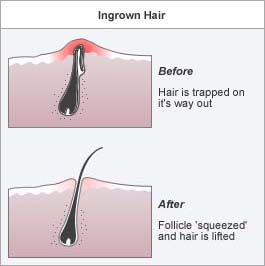



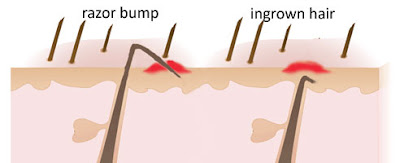
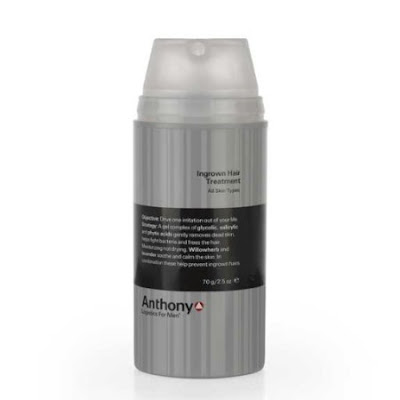



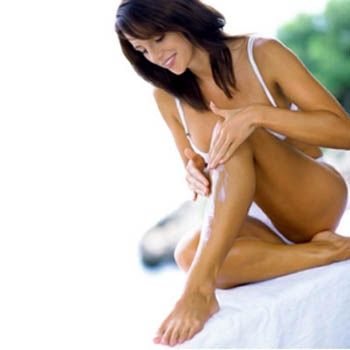

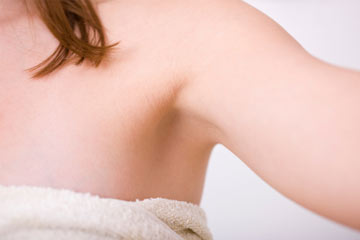
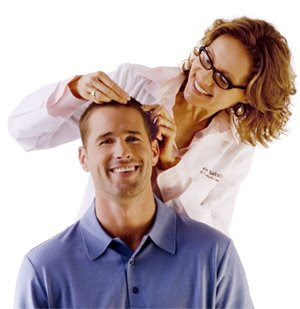
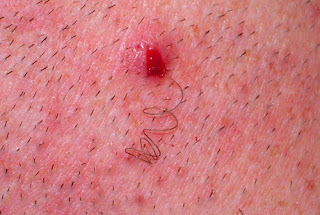


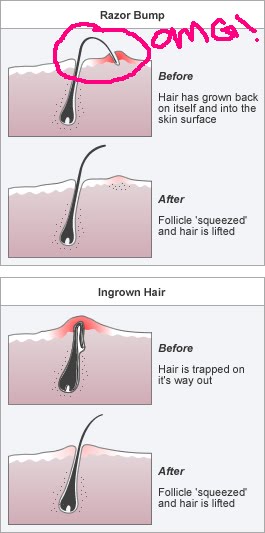
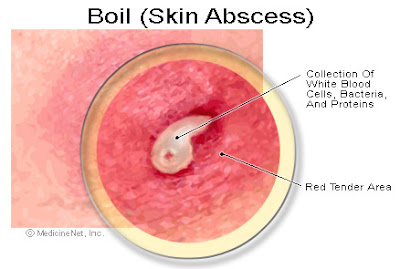
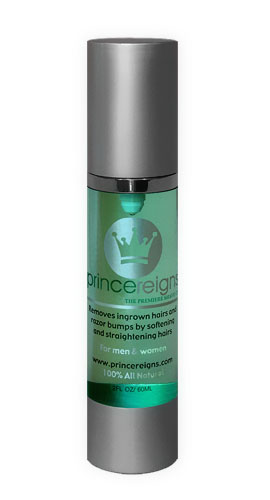
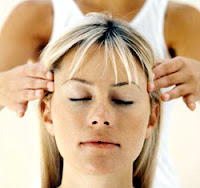
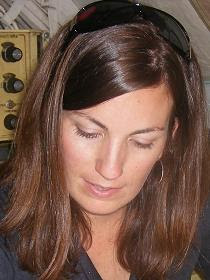

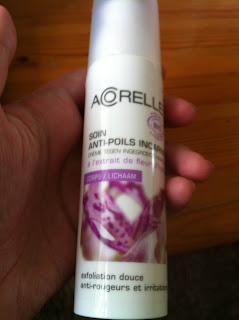




%25252525252525252525252Bright%25252525252525252525252Barm.jpg)
